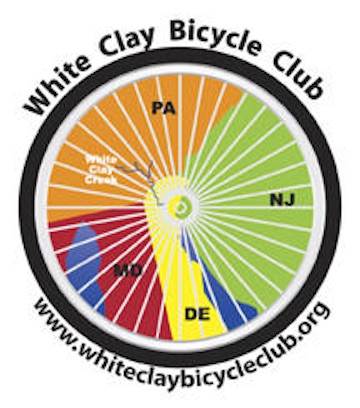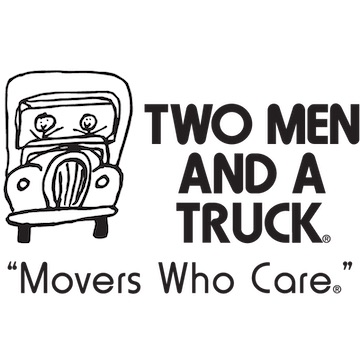State Funding for Bike/Ped Infrastructure (1)
Bike Delaware member (and former president of the White Clay Bicycle Club) Jeff Butcher:
“Approximately 2 percent of state residents rely on non-motorized transportation for daily travel. Cyclists and pedestrians suffer a disproportionately higher rate of injuries and fatalities (in excess of 2 percent) than do their motorized counterparts. If injury and fatality rates were proportional, it would seem fair to fund improvements at percentage rates proportional to usage, in this case 2 percent towards cycling and pedestrian infrastructure. However, and considering the higher rates of injuries and deaths attributed to cyclists and pedestrians, it would seem both fair and prudent to provide funding in excess of 2 percent, not less, in order to address the disproportionate carnage.
“I mix walking, cycling, and driving a car as my personal modes of transportation. I value being able to use my car when either walking or cycling is impractical. I cannot accurately be described as an anti-automobile fanatic. Our road system, designed for motorized traffic, is well developed compared to Delaware’s infrastructure that is suitable for cyclists and pedestrians. In light of rising fuel prices and the great expense associated with road improvements for motorized traffic, it seems fair and makes good sense to encourage other modes of transportation, if for no other reason than to reduce the stress on the system designed for motorized vehicles. It is patently unfair to fund cycling and pedestrian infrastructure improvements at a level lower than the percentage of use, especially considering the injury and fatality rates.
“It would be fair and prudent to increase funding for improvements to infrastructure friendly to cyclists and pedestrians. A level of 2 percent, or preferably higher, would be appropriate.”
It is good that, when multimillion dollar road projects are built by DelDOT, some thought is given to walking and bicycling. This “routine accommodation” means that, for example, when a massive project like the Indian River Inlet Bridge is built, it may feature a shoulder striped as a bike lane. Or, similarly, other projects to relieve road congestion by expanding roads from 2 travel lanes to 4 may include painted bike lanes.








